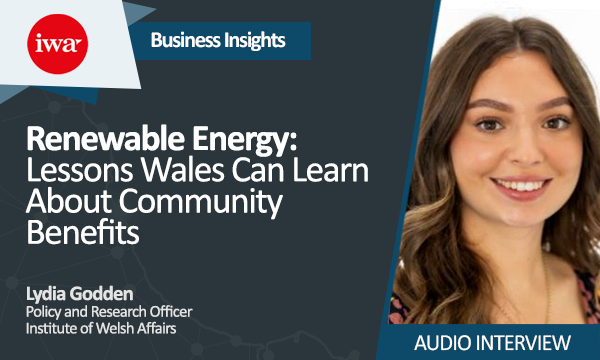 Written by:
Written by:
John Jackson
Industry Editor
Think Paris, New York or Sydney and I wouldn’t be surprised if you visualised the Eiffel Tower, Empire State Building and Sydney Opera House.
These three icons (and there are others both in these cities and in other cities around the world) manage, in an instant, to provide a unique visual identity for their respective built environments. Irrespective of their intended function, these buildings are in effect the structural ambassadors for their cities and even nations. Their uniqueness helps to set them apart, and their stories often create further interest. For example when the Eiffel Tower was built Parisians didn’t like how it imposed on the skyline of their beloved city.
Considering how many times images of iconic buildings are used to promote their cities clearly they have become tourist attractions in their own right. In our selfie obsessed world this means they have generated, and post-pandemic will continue to generate, a constant stream of free publicity. On Instagram alone: #empirestatebuilding has 2.8million posts, #eiffeltower 6.5million posts and #sydneyoperahouse 911k posts. By comparison #cardiffcastle has 89.9k posts, #principalitystadium 44.4k posts, #caernarfoncastle 19.5k posts and #nationalbotanicgardenofwales 4.1k posts.
Urban regeneration programmes offer an ideal opportunity, through exceptional architecture, to create not only new attractions, but to also create buildings themselves that can become part of the attraction, or an attraction in their own right. A good example of this is the Titanic Belfast visitor experience, where the website includes a section dedicated to the building itself. This building also plays an important role in helping Belfast to attract new interest in the city, based on its proud shipbuilding heritage.
In Wales we have a wealth of heritage, particularly with our castles and these will always have an important role to play in our built environment. Equally time doesn’t stand still and there is a continual need for new developments in our towns and cities. These provide us with an opportunity to create buildings that add further interest in their respective locations whilst also visually communicating the wider ambitions of our Nation.
In all fairness, due to economic considerations for privately funded developments I can’t see this becoming the case any time soon. Where opportunity does present itself is when buildings are being commissioned in the public realm, and here we should fully embrace the opportunity to create buildings that will enrich our built environment for years to come.
Whilst new buildings of a higher architectural standard would cost more, it’s worth looking at the extra value they deliver. These benefits include:
- An increase in civic pride. To live in a place where, on a daily basis, people encounter exceptional architecture can only be uplifting, it confirms you live in a special place.
- Attracting more interest. This is a benefit not only for the hospitality sector, but for the wider business community. That architectural icon can be used to help promote your business, and in many cases can be an impressive location for business meetings and events.
- Developing a unique identity.
- Creating a new, stronger, and more engaging brand story.
- Inviting people to reconsider how they perceive your place.
In terms of creating a more “iconic” built environment it's important to acknowledge that times are changing, and what constitutes “iconic” is also changing. This is perfectly illustrated by the success of New York’s Highline, this linear urban park was developed on unused raised railway infrastructure running through the city. Significantly Paris announced ambitious plans to turn the Champs-Élysées into what’s being called an ‘extraordinary garden’ and here in Wales as part of the plans for the Heritage Park in Merthyr Tydfil include: “a new “iron way”, a dramatic high-level 495-metre walkway connecting the castle and the furnaces, to echo a 19th-century aqueduct that spanned the valley”. This is part of an ambitious proposal that intends to work in harmony with nature.
In terms of timing, as we have departed the EU arguably it's never been more important for Wales to strengthen its international presence. If we want the world to notice, and engage with us, a series of new icons in our built environment offer the potential for Wales to achieve this.
From the Ryder Cup to working with the City of Salisbury, place branding expert Roger Pride, is a Managing Partner at brand agency Heavenly and from his experience Roger illustrates the importance of iconic buildings: “Places are competing with one another. Competing for talent, visitors, and investment. They are seeking attention and need to better tell their respective stories. Iconic buildings offer an immediate and memorable visual signature. Many emerging cities use new buildings to challenge perceptions and force re-appraisal. But in my view new buildings should not always be at the expense of traditional buildings which reflect the heritage and culture of a place. With imagination, they can be repurposed to meet the present and future needs of a city as well as create a true sense of place.”
Globally, we see new, shiny and very expensive buildings grabbing the headlines. For these an immediate rush of publicity is to be expected, but it doesn’t guarantee a building will gain iconic status. For that to happen it really comes down to how well the building or structure resonates with people, starting with the local community who will live with it in their built environment on a daily basis, to tourists who will decide if it is going to become a “must see” as part of their visit. As Roger explains this shouldn’t be seen to be the preserve of new buildings. The value of the architectural heritage from all decades needs to be fully considered, and the repurposing of existing buildings has the potential to create new icons in the built environment.
Hopefully, across Wales we can look forward to seeing our heritage being used creatively to create new icons in our built environment, and also whenever possible embrace the opportunity to commission new, potentially iconic, buildings that reflect the vision of a confident, forward thinking, dynamic Wales













